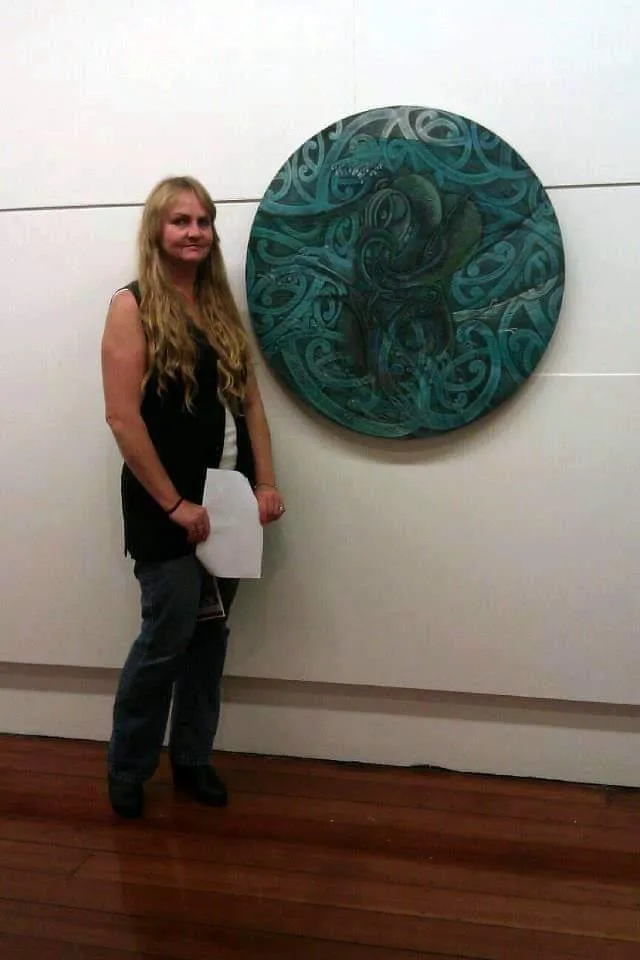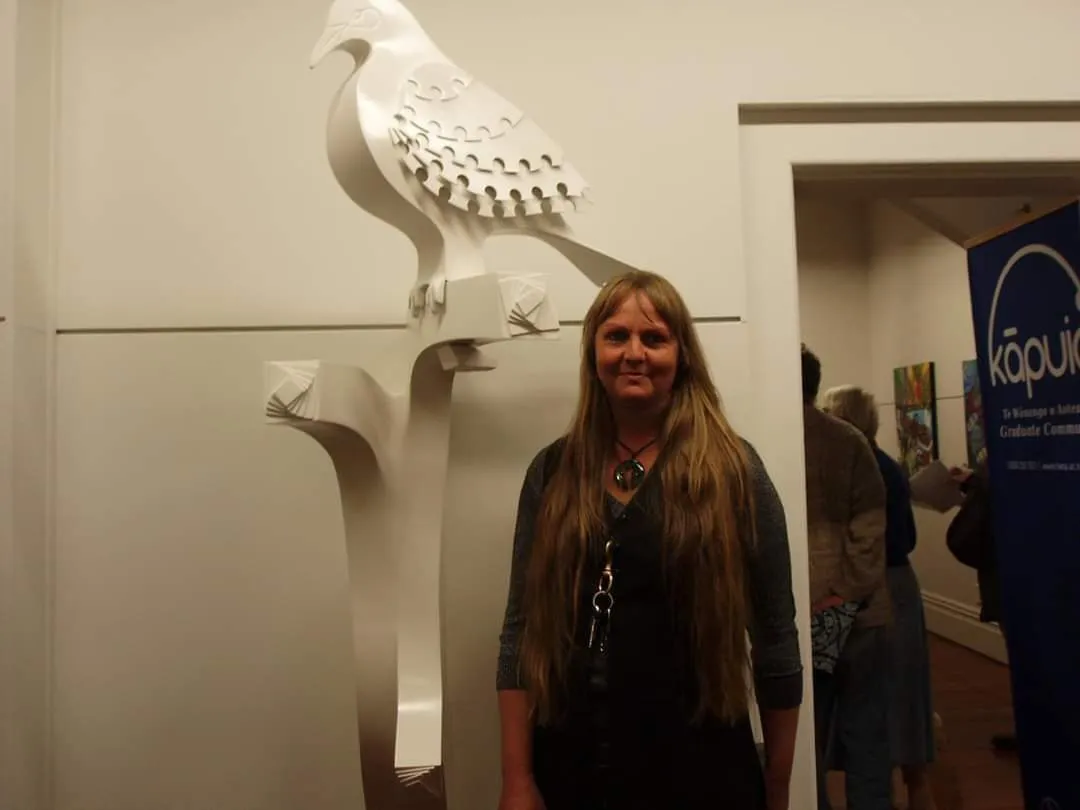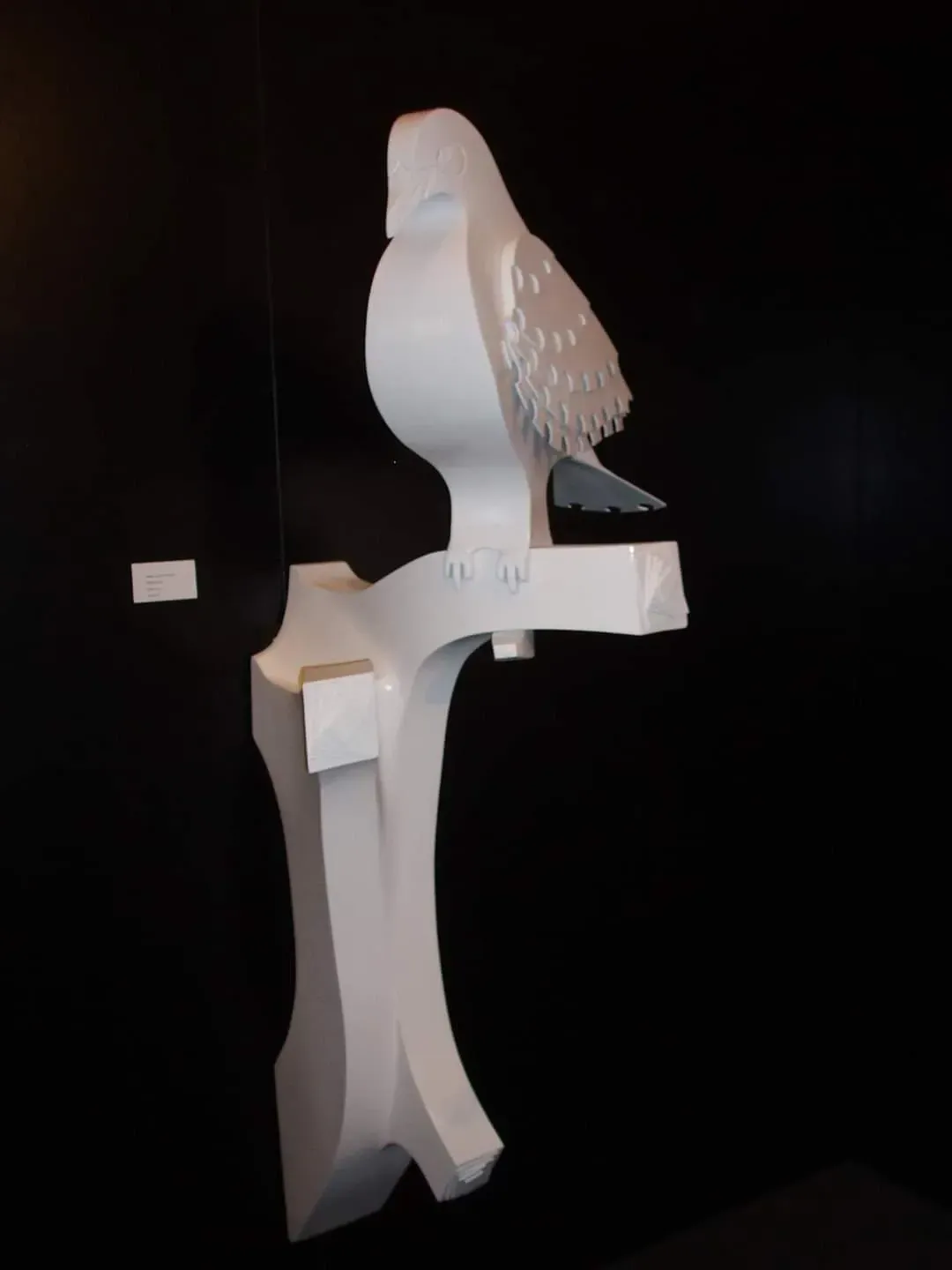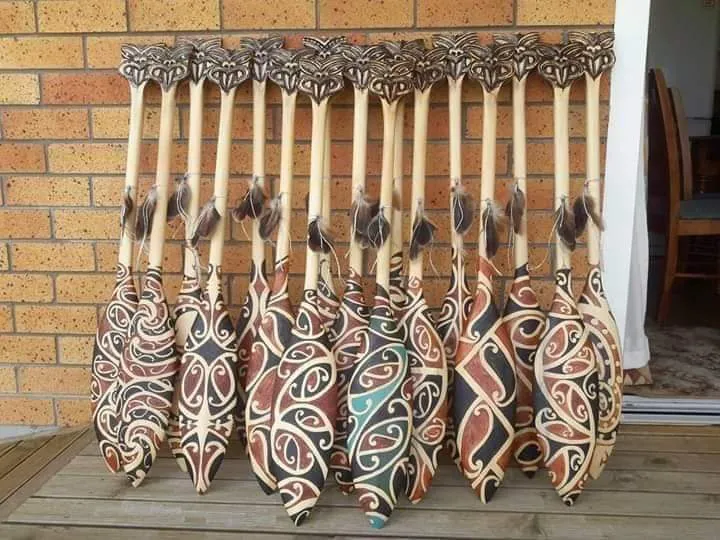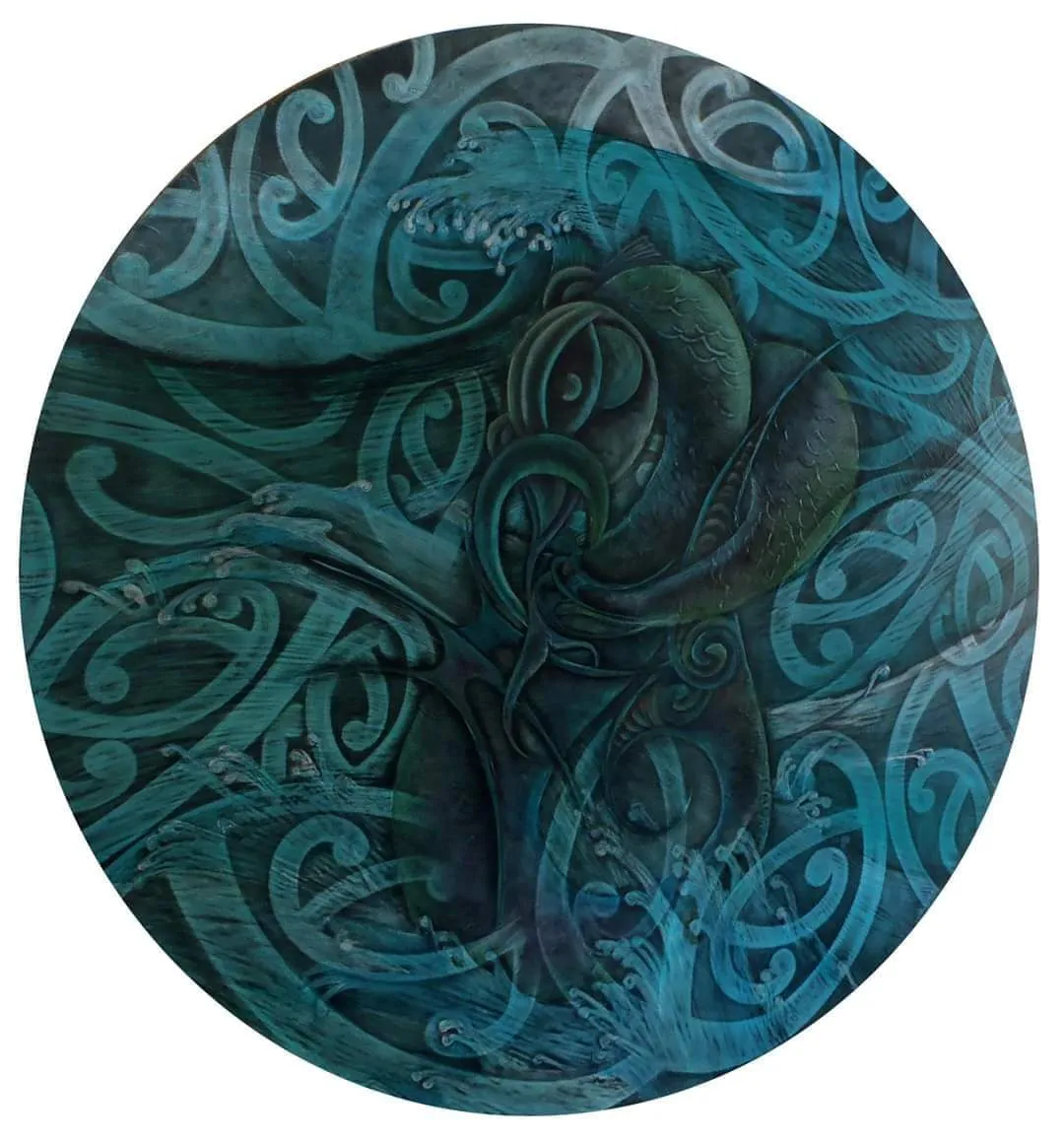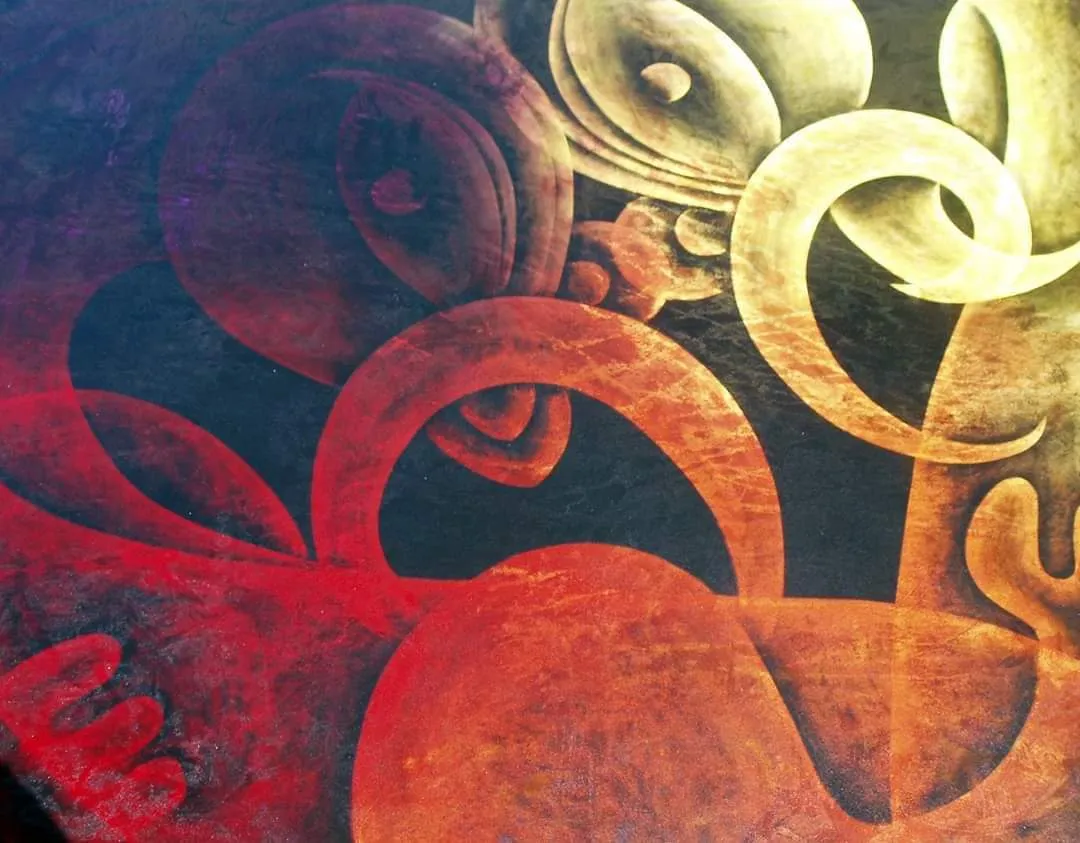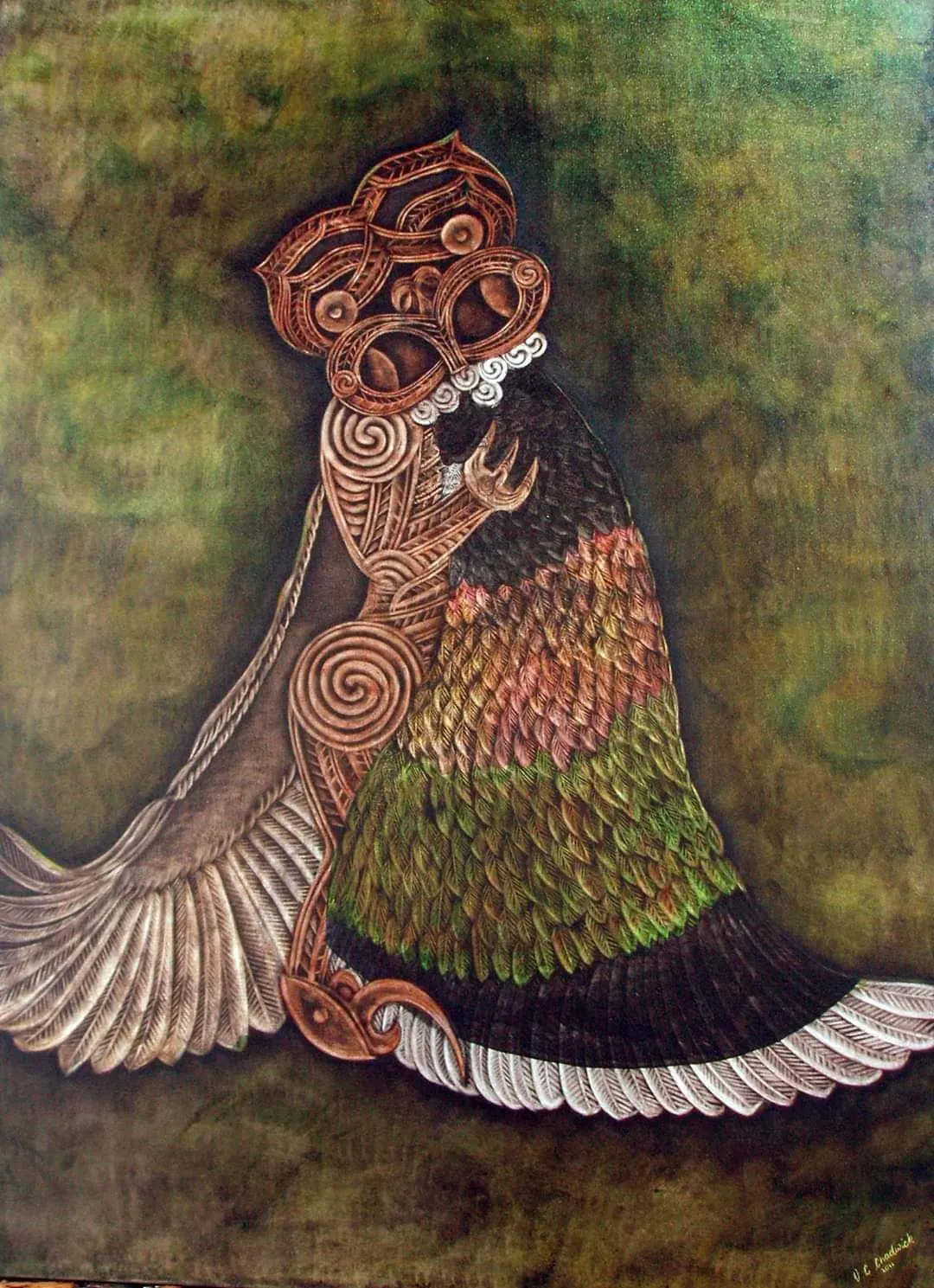Passion runs deep for Māori Art
Written by
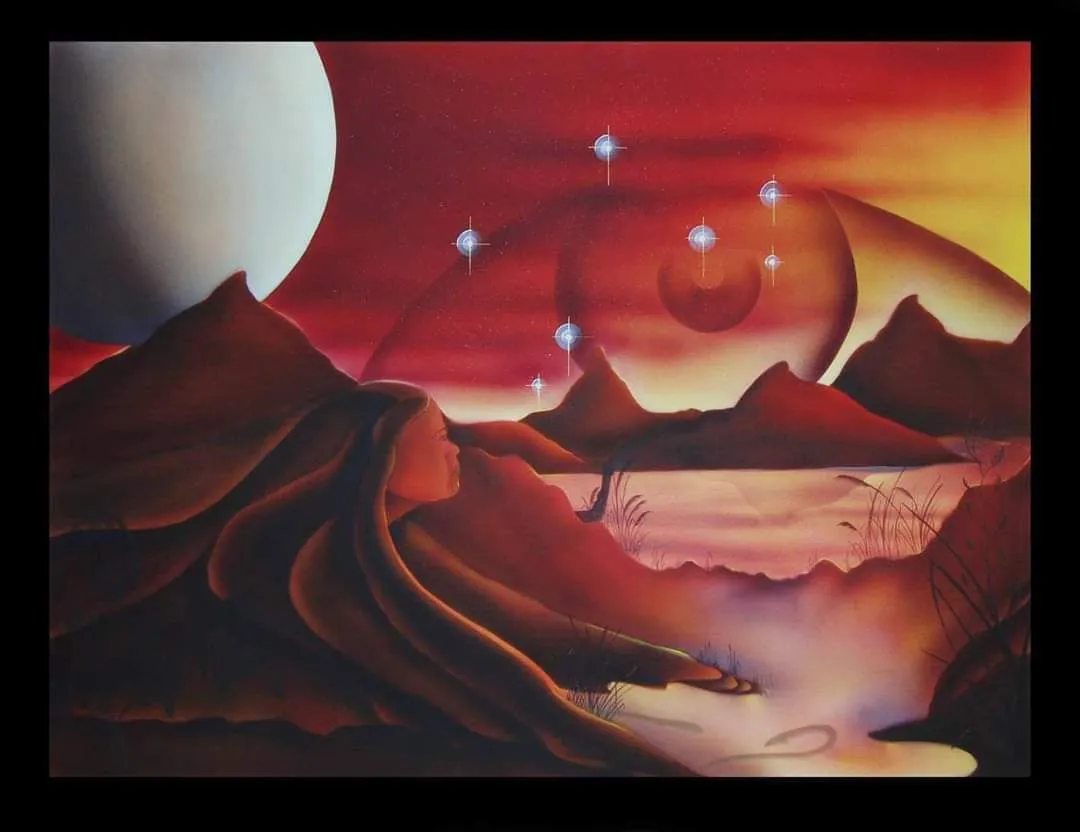
Studying toi (art) is like entering a whole new world, says Te Wānanga O Aotearoa, with endless possibilities to continue the journey through the different mediums of weaving, visual arts or carving.
Embodying that philosophy is Valynda Chadwick. Already a working artist with 13 exhibitions under her belt, she has enrolled again as a tauira (student) in her 11th year at Te Wānanga o Aotearoa.
“I’m actually part of the furniture,” she remarks.
A decade of dedication
Chadwick has completed the diploma for visual arts (rauangi) and is now moving onto study weaving (raranga).
Along the way she has also completed te reo Māori Levels Two and Four (“I’m not fluent but I need to practice”) and He Waka Hiringa (Master of Applied Indigenous Knowledge).
The value of these programmes is that they teach how to conduct research, she says.

“For me, being Pākehā, to be able to do Māori art you've got to research so you get it right. If you are asked questions, you're going to have to answer them.”
Raised in Northland, Chadwick passed School Certificate Art at Dargaville High School but found Sixth Form Certificate (Year 12) “was just the same stuff over and over again.”
But having studied under ceramicist Colleen Waata-Urlich, Chadwick had always wanted to do toi Māori and finally got the chance after moving to Waikato, enrolling at Apakura campus in Te Awamutu in 2009.
That, she says, put her on a journey of learning in a positive environment “and I just grew from there.”
Celebrate your Culture

Te Wānanga o Aotearoa says its Bachelor of Māori Art is a recognised degree that sets graduates up with a strong portfolio of works and their own unique style that is ingrained in their strong connection to their culture – whatever culture that is for them.
The degree is steeped in mātauranga Māori (Māori knowledge) and tikanga (Māori customs and protocols) to help tauira connect to who they are as individuals through a journey of personal self-discovery.
Chadwick’s own heritage is Scottish and her interests include Celtic art. But as the mother of three Māori girls, she says it is important to learn and to teach them where they come from, for them to pass on to future generations.
"I was living off someone else's whakapapa, I wasn't really living off my own and I've got heaps of Māori family.
“It was just identity, really, and that's one thing they go on about: Identity, where do you come from, who are you?
"And my whakapapa goes back to Scotland. I'm as Scottish as they come."
Journey of kahikatea

For her Masters' study in 2018 and 2019, Chadwick consulted her extended Northland whānau through interviews and no fewer than 16 hui to understand their journey and her own.
Also central to her Master’s was the “journey of kahikatea,” which asked the question of whether a tree which had fallen in a forest would end its journey there, decomposing and returning to the forest, or would continue in some form.
In fact, the wood was harvested, milled and used by Chadwick to make 16 panels of kowhaiwhai, telling her whānau story.
The work used the natural earth pigment kokowai, and charcoal which Chadwick produced herself. The project included her researching different charcoals produced by different woods; she discovered to her delight that it was kahikatea which made the best and darkest.
“Within the kaupapa of the art, you learn to evolve by not going to a shop to get all your resources - you learn to try to make stuff,” she says.
Native flora and fauna feature strongly in her work. She is currently working on a realistic depiction of harakeke flowers and leaves and has just finished a painting of kowhai to be shown in the upcoming annual exhibition of work by Te Wānanga o Aotearoa graduates.
Toi on display

Entitled Whakapuāwai, the graduate exhibition is on at the Marie Panapa Gallery, Apakura Campus, from 14 July to 14 September 2020.
Meanwhile, works from Te Kōpuni Kura, the $3.7 million Te Wānanga o Aotearoa collection comprising of works by former and current toi kaiako (art tutors) will also go on show at a separate exhibition, opening 29 July at Te Awamutu Museum.
The twin exhibitions are partly to celebrate the 35th anniversary of Te Wānanga o Aotearoa, tracing its beginnings to the building of O-Tāwhao Marae at Te Awamutu College and the subsequent establishment of the Waipā Kōkiri Arts Centre, which was originally intended to provide a career path for college students involved in the marae project.
In a Facebook post, Aisha Roberts Poutiaki Toi (Art Collection Curator) for Te Wānanga o Aotearoa says the exhibitions are a great chance to reconnect with the community.
“They also provide an opportunity to share some of our history, which identifies Te Awamutu as the birthplace of our organisation. Toi has always been a big part of our history.”
Today, Te Wānanga o Aotearoa teaches not just toi but a range of disciplines from business, teaching, trades, Māori customs, money management, fitness and social services at dozens of locations across the country, with the philosophy of removing barriers to tertiary education.

Chadwick says she is continuing her journey at the Wānanga because art is her passion.
“That's what I do. So if I was promoting the Wānanga, I'd say go for it, you've got some really really good teachers.”
Written in partnership with Te Wānanga o Aotearoa. To find out more about studying there or applying for the Bachelor of Māori Art, click here.
